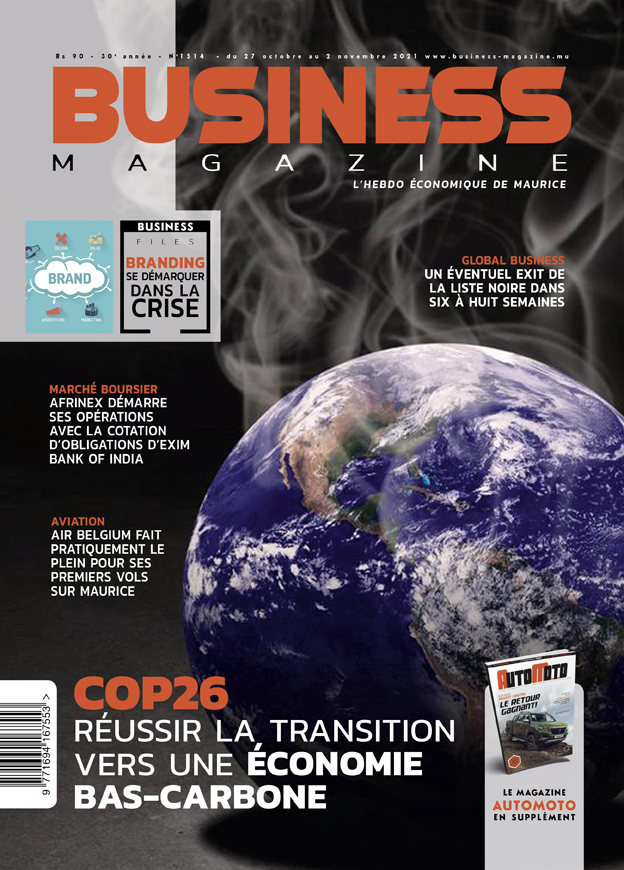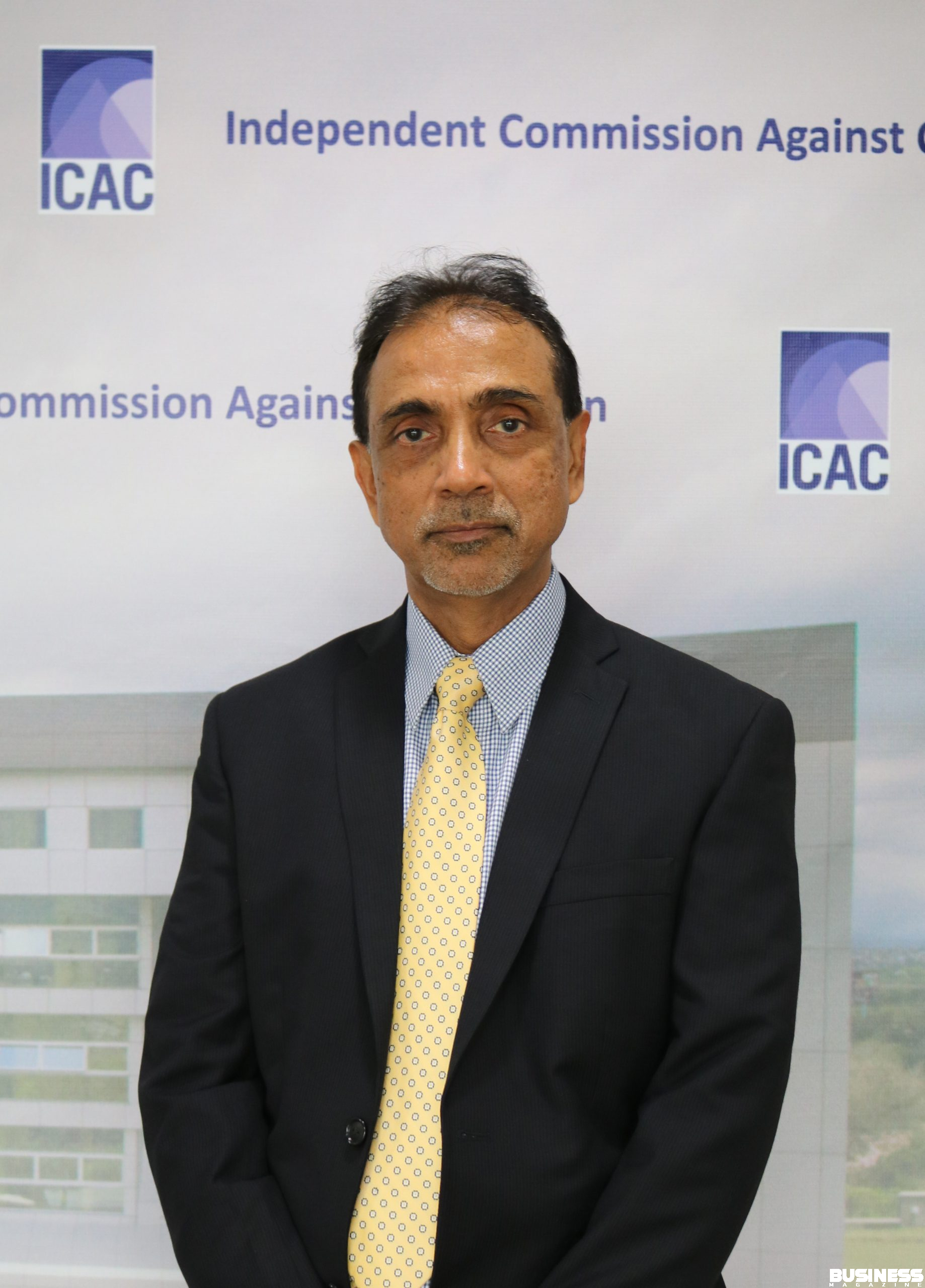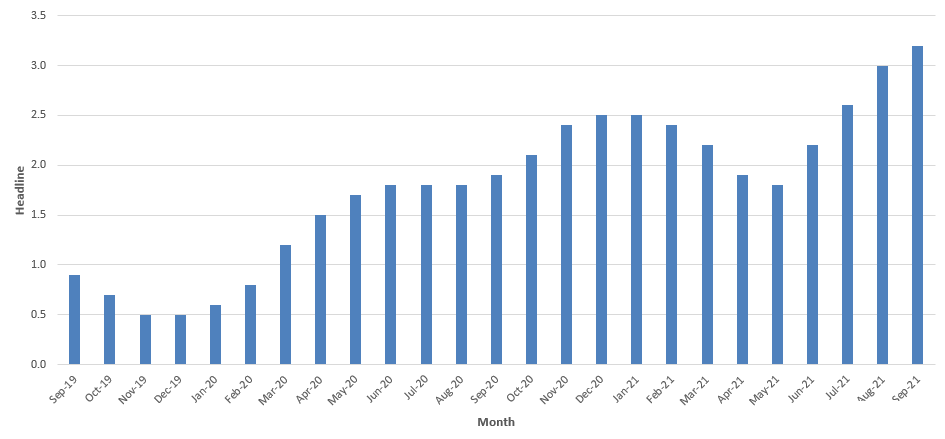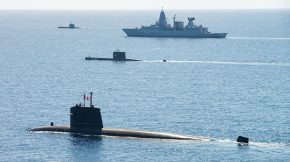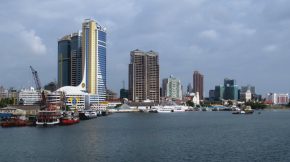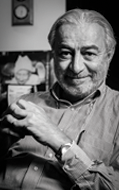Beating the odds: from a touted basket case to an aspiring high-income country
Share
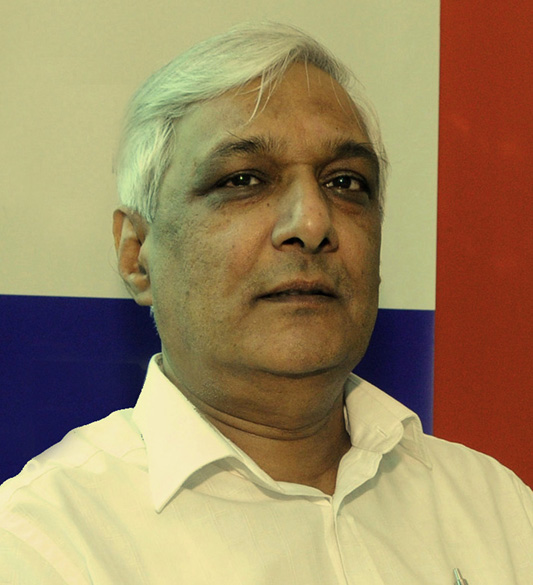
As Mauritius completes its forty-eighth year of political independence, a glance at the rear-view mirror reflects the path trodden to achieve sustained economic development with improved livelihoods for all. At 48, Mauritius is still young. Its best years certainly still lie ahead – ifit does not get distracted by mirages and miracles, if it does not allow itself to be swayed by perception over reality!
Jose Poncini (who sadly passed away last November) revealed that, from his interactions with the British in the late 1950s, the latter were worried about the economic viability of Mauritius as an independent State. So, Governor Colville Deverell in 1959 commissioned the Meade report which was published in 1961. The pro-independence Labour Party believed that producing one ton of sugar per inhabitant would be sufficient for sustained growth, whereas the anti-independence PMSD believed that political independence would lead to famine and greater misery.
Two voices (Meade and Poncini) provided a direction for the future economic growth of the island. Both did not believe in overreliance on sugar. It was too subject to the vagaries of the weather as demonstrated by cyclone Carol. Meade, as an economist, knew that economic diversification was necessary. But he did not know how this would be achieved in a small island with no natural resource base and with a galloping birth rate. The young José Poncini proposed the application of a then novel concept – delocalization – i.e. break down a production process into various components and specialize in manufacturing that component in which Mauritius had a competitive advantage.
José had seen Italian migrant labour used in Switzerland in watchmaking. He thought that Mauritian labour costs in those days were low enough to offset the disadvantage of distance to compete in that segment. Though Meade was dubious at first, he finally came back to “the dangerous dreamer”, José, whom he challenged to put in practice the theory he was pushing forward. Thus was Microjewels born as a precursor of the EPZ and as an “act of faith” in the industrial future of Mauritius.
The Meade report, often misleadingly portrayed as negative (or even erroneous) because of its depiction of Mauritius as a typical “Malthusian basket case”, in fact laid the foundations for the take-off. With its 129 recommendations, it was the first comprehensive strategy document and development plan. Meade saw these recommendations as “a revolution in economic policies in Mauritius”. He added that “their implementation will not be possible unless there is a strengthening of the administrative machine with a number of experienced officers at the top level”. And he warned that self-sustained improvement in the real standard of living could only be achieved if “there is a relentless effort to introduce all those economic reforms which are essential to set this process of economic growth at work”.
Ingredients including a competent civil service, political commitment to improving the standard of living, a clear strategy with well-defined policy actions, contributed to the take-off and the so-called economic miracle in later years. These were encapsulated in the first Development Strategy ((1971-80) of independent Mauritius produced by the Economic Planning Unit which later became the Ministry of Economic Planning and Development. Well before political independence, the groundwork for economic growth had been initiated. This allowed Mauritius to beat the odds, to reduce its overreliance on sugar and become an export-oriented economy (manufacturing and tourism).
Over the years, we have often had our back to the wall: in the late 1970s, we had to implement a Structural Adjustment Programme (SAP) which led to the so-called “economic miracle”. The SAP s쳮ded because, amongst other things, a new government came in with a popular mandate and managed to convince the population to accept austerity measures; the external environment was still characterized by protectionism which worked in our favour – quota free access to the EU and US; and, in particular, the economic space was insulated from the political shenanigans of the 1980s.
However, an economy cannot be run on auto-pilot for long. There comes a time when it reaches a crossroads and the path that is to be followed has to be willfully chosen by the policymakers. Leadership is required to implement economic reforms so that the country can remain productive and competitive. Thus, after the SAP, the last round of major reforms was initiated in 2006 based on the Competitiveness Foresight discussion paper. These reforms helped Mauritius weather the financial crisis and the related downturn without too much damage.
Now that we are aspiring to become a high-income country, we need to work on a clear vision – not wishful thinking. Cadres need to be recruited because of their competence and not because of their proximity to some political figure. The boundaries between the three branches of government (legislature, executive, and judiciary) must be respected. And, within the executive, Ministers should not usurp the role of the technocrats / administrators. Of course, administrators should also not become stooges of Ministers. They have to serve the country and not a specific party or community. Meade had already in 1961 exhorted “those in position of authority [should learn] to disregard family, communal, and political ties in the exercise of their political and administrative duties.”
It is clear that economic development is not the outcome of actions by prima donnas. At different points in time, we managed to carry out the required economic reforms to maintain an upward economic trajectory. While learning from the experien-ce of others, Mauritians (public and private sectors and civil society) were able, through debate and dialogue, and joint memberships of various institutions, to forge a shared vision for the country which went beyond petty politics. All this developed trust (social capital), without which the productive powers of the nation will never be unleashed.
Speeches alone cannot motivate the private sector (both local and foreign) to invest. Trust is built on “la permanence de l’État”. And the State apparatus will be respected and endure only if it is filled with competent people who are responsible for ensuring that permanence. People cannot be forced to “lev pake ale” every five years. The pool of talent is very shallow in a country with a labour force of around 600,000 and where, every year, 35% of its youth fail the Certificate of Primary Education!
Will Mauritius be able to beat the odds again? Yes, but with more intelligent effort than in the past. The middle income trap is very real because to reach the other level demands a quantum leap which cannot happen without political, economic and social convergence.
In its history, Mauritius has s쳮ded even when there was political fracture because at least there was a clear, quasi-consensual economic strategy and objective which managed to secure the adherence of a vast majority of the people.
Miracles and smart cities are not concepts that can mobilize a nation to become more productive and efficient, especially when these are thrust down from high up as communication tools to project a “doer” image. These ‘ideas’ are more form than subs-tance, confusing hyperactivity with productivity.
We will s쳮d if we never lose sight of what Meade had written years back: “One of the essential conditions for sustained economic growth in Mauritius is the inculcation of a spirit of strict efficiency throughout the economy”.

